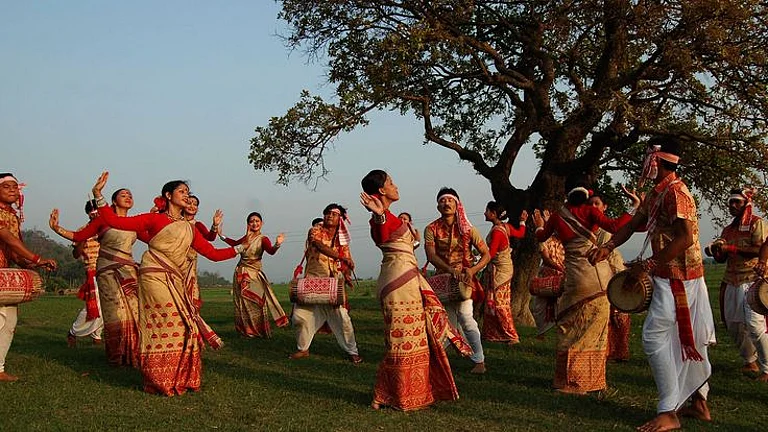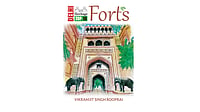What you first notice now are the mistakes: Shiva running his fingers down the squirrel’s back to make the black lines, Rama and Sita the two lovers celebrated by tinselled dolls in the temple. But those would be the case in a memoir penned by the daughters of one of the ‘heaven-born’. Jon and Rumer Godden spent seven childhood years in Narayanganj in Dhaka, then in East Bengal. For them it was a reprieve from the gloomy England ruled over by their rigid maiden aunts, where they had been sent for schooling. It was 1914, the world was at war and Narayanganj was thought to be safe. This memoir revels in tiny details as the authors evoke a world gone by.
For them India was a ‘large warm embrace’, one in which they never felt they were foreigners. Their father Fa was in charge of a steamship company. Jon and Rumer were six and seven and they found in front of them a colourful world of freedom manned by a host of domestics. They and their sisters were managed by the exotic Nana, then by Hannah and they had the run of the huge courtyard and garden and had ponies to ride on. Sometimes they travelled in their father’s steamers up and down the great rivers, enjoying the long, slow river days—the source of Rumer’s later The River, which was filmed by Renoir—looking out at tranquil Bengal villages or the wild green jungles.
Being a recollection of childhood, this is funny, honest and perceptive. There are references to Indian society and the caste system, which the children learnt through observing their servants. Some worlds were forbidden to them, like the half-caste society of those who were half-English and half-Indian, who lived noisy lives romping through the bazaars and eating sticky Bengali sweets, also forbidden to the English Goddens. It is a story of how the British managed their business lives, receiving ‘dollies’ or dalis at Christmas with benign acceptance and redistributing the contents among the household workers and how they travelled up to the hills with a retinue. The children were acutely aware of the differences between the races and the classes and the fact that Indians were probably more disapproving of Anglo-Indian bloodlines than the English were.
Two Under the Indian Sun ends with growing up and heartbreaks and the strange way adolescent children react to love—though Jon was always more composed than Rumer. The book also records the growing talent of the two sisters in a house filled with wastepaper baskets to accommodate aborted masterpieces.
Much of the world the Goddens wrote about has disappeared, though some of it remains—the crippling of children to turn them into beggars, the caste differences, the way of life in the bazaars which nothing possibly will change. The world that the Goddens loved is now in Bangladesh, with the Sunderbans a divided wilderness.
What is interesting is the seamless way the Godden sisters have put the book together. It slips easily from third person to first, Jon writing about Rumer and Rumer about Jon, but otherwise with no way for the reader to tell who has written what. When Two Under the India Sun was first published, it made history by coming out under a dual imprint (Knopf and Viking, Rumer’s and Jon’s publishers respectively), since both sisters were established writers by then. The book was out of print but has been recently brought out again by Speaking Tiger as part of a series recommended by Ruskin Bond.
In the end, what remains is a vanished India on the banks of a slow flowing river and the memories of happiness.


























